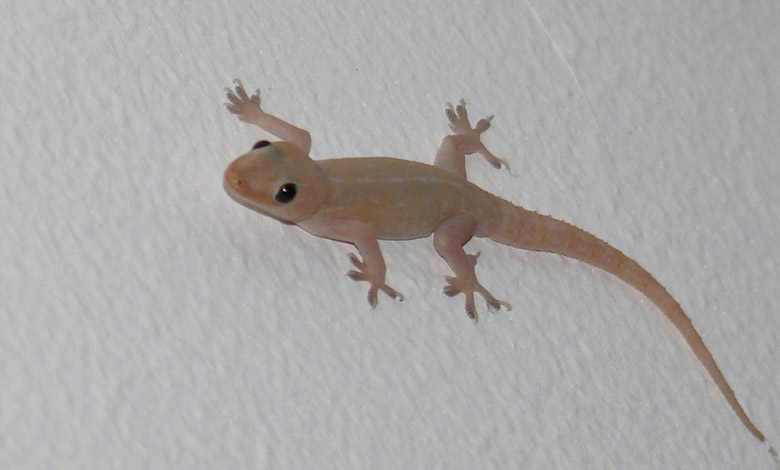American scientists have solved the mystery of margouillats

American scientists have succeeded in unraveling this mystery. It has been known for several years that the tips of the legs of geckos are equipped with millions of setules, elastic microscopic hairs, arranged in a certain order and ending in the shape of a spatula.
This microstructure allows the margouillat to follow the shape of the surface on which it moves.
Researchers from the NIST (American National Institute of Standards and Technology) for their part discovered, using an X-ray microscope, that the setulae and their spatulas were covered with a greasy film one nanometer thick, one billionth of a meter.
These lipids, which protect tissues against dehydration, could also play a key role thanks to their hydrophobic nature. By repelling any water molecules, they would provide the spatulas “closer contact with the surface”, said Tobias Weidne, a chemist at the Danish University of Aarhus, and co-author of the study, quoted in a press release from NIST and reproduced by the Nice Matin newspaper. The whole “may help geckos cling to moist surfaces” according to him.
The researchers are now considering applications for this discovery in everyday life.












